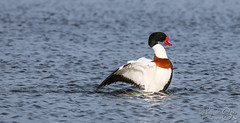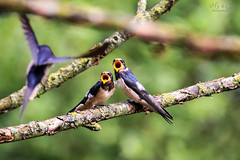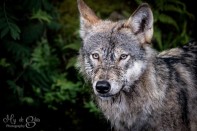Blog Archives
Looking for a budget lens with great sharpness?
Then the Tamron 70-300mm is the answer
I wanted a camera that I could use during a Europe tour. I was not looking for a fancy lens, I just wanted a simple easy to use lens. I found Tamron 70-300mm. This lens is called Tamron AF SP 70-300mm F/4-5.6 DI VC USD, but who can remember to say all of that?
I combined this lens with my full format camera Canon 6D. It was performing great. The auto focus on this lens is outstanding. It is absolutely steady when you want to take the picture when the auto focus is on. That is a big plus for this budget lens. The price is in favor for this Tamron lens, only 3000 SEK (350 US Dollar).
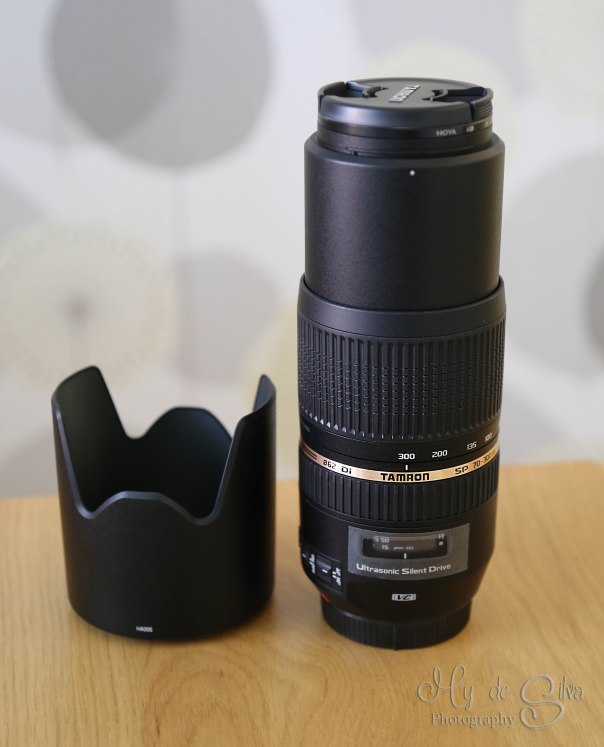
At 300mm
I combined this lens with my full format camera Canon 6D. It was performing great.
These pictures are taken at a folk dance event called europeade in Sweden with the combo Canon 6D and Tamron 70-300mm. The lens give sharp pictures, even when objects are moving.

This picture is taken with the combo Canon 70D and Tamron 70-300mm
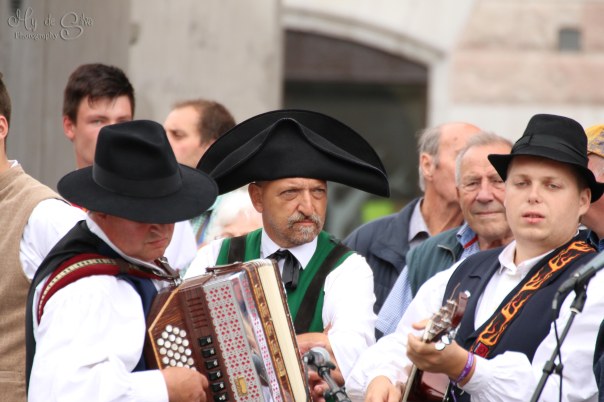
I have noticed a little vignetting when I took some pictures at a airshow with the combo Canon 6D and Tamron 70-300mm. This happen when it was very bright sunshine that made everything look dark in the viewfinder. It can be that the sun was very bright and made the picture little darker sometimes and I had to put up the brightness in the camera. Otherwise the lens have really performed great all the time when I have used it. This picture is taken at 300mm. See example below:

The aperture starts at f4. This means the background might not be as blurry as you might wish for, but this can be done in Photoshop or Lightroom in post-production. So it is not a big deal.
The lens might be little heavy but if you are used to a lens like the big zoom lens Tamron 150-600mm. Then Tamron 70-300mm is not heavy at all.
It fits nicely into my small camera bag where I have a Canon 50mm f1.4 lens and Canon 24-105mm lens. Together all the three lenses will cover all your need when its comes to street photography, travels, dance events and even bird photography.
Want to know more about Tamron lenses? Click here for more info about Tamron 150-600mm. Maybe you are more into macro photography? Then Tamron 90mm is the lens for you
2015©Expressive Photos
Eurasian Curlew with Tamron 150-600mm
Do I have something on my beak?
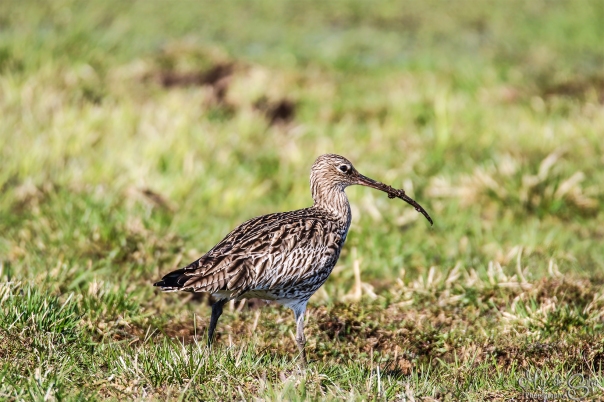
Eurasian Curlew
On a sunny day I took this picture of a Eurasian Curlew. Its a mid sized bird that looks very interesting with the long beak. It is taken at 600 mm with Tamron 150-600mm lens and with Canon 70D. Even if this picture is taken at the maximum length of 600 mm it still turned out sharp. Tamron perform great when it is sunny weather. All the details will be seen and it nicely blurred out the background. The aperture is at f7.1 in this picture.
2015©Expressive Photos
Canon 70D vs 6D using Tamron 150-600mm
Quantity or quality, what do you want?
I recently got the Canon 6D and there is a great difference in quality when you are using Tamron 150-600mm. You can for example go down to 6.3 when you are using 600mm without any problems. On 70D the ISO would shot up very high if you were at 600 mm and you would get a lot of pixels showing when you were looking at the picture in your computer.
With Canon 6D you get better picture quality, since it is a full format camera house you can easier crop the picture in post production to only focus on the parts you like to keep. If you would crop a picture taken with Canon 70D that would effect the picture quality and make some parts blurry.
Canon 6D is not made to take pictures of birds flying by, that is much better with 70D since the picture per second is 7 and only 4,5 with 6D.

Duck sleeping peacefully
This picture is taken with Canon 6D and Tamron 150-600mm. It was little dark but 6D managed to take a great picture anyway. This picture is only taken at 250mm so there is a great sharpness in the picture. The ISO is at 1000 but there is no pixels visible compared if I would take this picture with 70D.
The softness that you get in the background with 6D is always a plus. I am now considering always using my Canon 6D for wildlife, but it is good to have 70D if you are expecting to take picture of flying birds or bigger animals like a tiger or leopard on a wildlife safari trip. I recommend to have both camera houses in your camera bag if you have the possibility.
This picture is also taken with Canon 6D, this is taken at 600mm but there are still nice sharpness and the background is blurred out to make the picture even better. The aperture is at f7.1. If I would take a picture with Canon 70D I would use f9 to f11 in aperture to get a sharper image. The amount of pictures that turns out great are more with Canon 6D then 70D.
If you have any question feel free to ask in the comments field below.
2015©Expressive Photos
Crested Hawk Eagle – Tamron 150-600mm
Close up of a crested Hawk Eagle from India
The pictures below is Taken with a Canon 70D and Tamron 150-600mm. I took this picture in south of India. The Crested Hawk Eagle blend in with the environment so they can sometimes be hard to see. I was lucky enough to see this kind of bird twice.


2015©ExpressivePhotos
Tufted grey Langur – Tamron 150-600mm
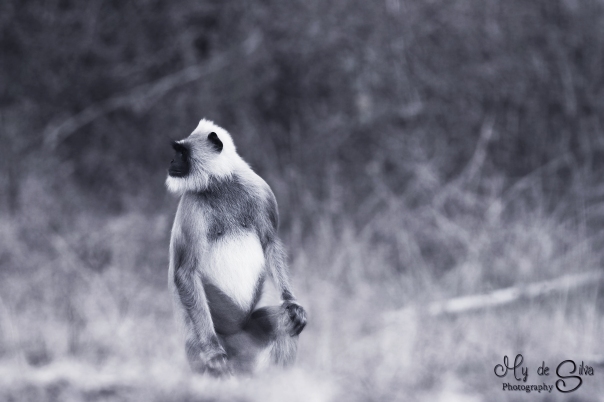
Today’s picture is of a Langur from south of India. The picture is taken from a bus far away from the object. Used Canon 70D with a Tamron 150-600mm lens.
2015©Expressive Photos
Crested Hawk-Eagle – taken with Tamron 150-600mm

I went to India for my holiday. The picture is taken from the car and the bird were barely visible from where we were. The bird is called Crested Hawk-Eagle. I used a Canon 70D and Tamron 150-600mm to capture this picture. The bird has a unique look.
2015©Expressive Photos
Autumn is here












I took a stroll in the forest since the color on the leaves are amazing this time of the year. I took some shoots with Canon 70D and Canon 24-105mm L lens.
To follow my blog and get more lovely updates click the “Follow” button.
2014©Expressive photos
Spider nets and water drops = amazing combination
Colorful spider nets


With Canon 65mm f/2.8 1-5x macro lens you can get pretty cool images. The pictures above is taken of spider nets after it has been raining. The patterns you can get is amazing. I used a magnification of 2-3x. With this lens i can get very close and get pictures of things you cant really see with your own eyes. You need to have a macro lens to capture these moments.
2014©Expressive Photos
Extension tubes, close-up filter or macro lenses – What to choose for macro photography?
What is the best way to get closer to the object?
You can choose for example macro rings, extenders, close-up filters or you can go for the real deal and buy a macro lens.
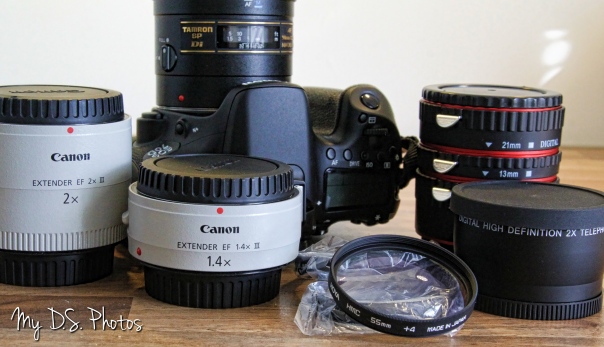
The good thing with extension tubes is that you do not need to have a macro lens to use them on. Any lens can become a macro lens with a little help of macro equipment’s. Although the real deal, a macro lens, always gives the best result. Since a macro lens is intended for macro photography it is easy to get good result without any fuss. If you use close-up filters it might take longer time to get ready when you change between the different strengths. There are usually 4 options to choose from. They are for example +1, +2, +4 and +10. It also depends on what brand you buy. Some brands are cheap and might not be as good in clarity like the more expensive and well known brands. It all depends on how much time and money you want to spend on macro photography. If you only want to try something out then it is fine with the cheaper versions but if you want a good result you need to go for the more expensive versions.
On the picture above I am displaying one extender with 2x magnification and one with 1.4x from Canon. There is also a Tamron 90mm f/2.8 macro lens. Close-up filters from Hoya and extension tubes and another extender with 2x magnification from unknown brands.
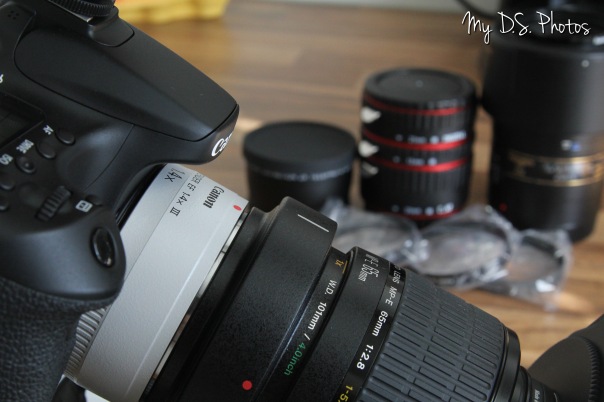 If you are not happy with the magnification you can always combine 2 equipments. For example I have combined a Canon Extender 1.4 with a 65mm macro lens 1-5x. This combination gives me a chance to come really close to any object. For example if you would take a picture of salt you would be able to see the crystals on the grain of salt. With the combination seen on the picture above I get this close to the grain of salt:
If you are not happy with the magnification you can always combine 2 equipments. For example I have combined a Canon Extender 1.4 with a 65mm macro lens 1-5x. This combination gives me a chance to come really close to any object. For example if you would take a picture of salt you would be able to see the crystals on the grain of salt. With the combination seen on the picture above I get this close to the grain of salt:

Try your own combination. Let me know which one is your favorite macro equipment?
2014©Expressive Photos
Testing Canon 65mm f2.8 1-5x macro lens
Come closer to your object

Elasmucha grisea
I recently wrote about the Canon 65mm macro lens, but I had not yet taken any pics at that time. Now I have tried it out and I will show you a picture of a bug called Elasmucha grisea. The bug is barely 1 centimeter. When I took this picture I was using 3-4 times magnification. The shot was taken outdoor on a windy day. The picture was also taken handheld. The odds were against me but I managed to capture this bug in the right moment when the wind was not blowing to much.
If I would have used the 5 times magnification on this lens, think about how close I could have got but that is almost impossible to do since it was handheld. It needs to be on a tripod to take a picture with 5 times magnification.
2014©Expressive Photos












